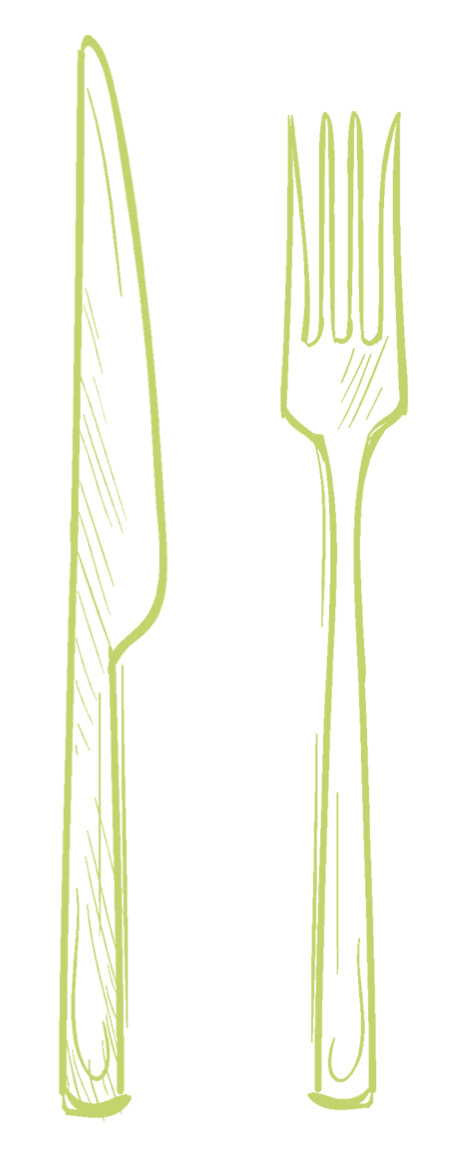WHAT IS A FOOD ALLERGY?
Our bodies are armed with immune systems. It’s the immune system’s job to fight infections, viruses, and invaders. Sometimes the immune system identifies a certain food as one of these invaders and attacks it. While our immune system fights, a chemical response is triggered and causes an allergic reaction. Reactions vary greatly from a mild skin irritation to having trouble breathing. Any time you feel you are having a reaction, tell an adult immediately.
The best way to avoid having an allergic reaction is to be aware of what you are eating. Be careful not to consume that allergen. If you are not sure if that allergen is in a food, ask an adult or read the ingredient label of the food container before eating. Unfortunately, allergens can sometimes be hard to identify in an ingredient list. Check out http://www.foodallergy.org for a full list of hidden food allergen terms.
Avoiding food allergens can be hard to manage, especially when they are found in so many of our favorite foods. This cookbook will take you on a culinary journey to explore many of the dishes you’ve had to avoid because of a food allergy.
KITCHEN SAFETY
A safe kitchen is a fun kitchen! Always start your recipes with clean hands, surfaces, and tools. Wash your hands and any tools you may use in future steps of a recipe, especially when handling raw meat. Make sure you have an adult nearby to help you with any task you don’t feel comfortable doing, such as cutting vegetables or carrying hot pans.
ALLERGY ALERTS AND TIPS
Have other food allergies? No problem. Check out the list at the end of each recipe for substitutions for other common allergens. Look out for other cool tips and ideas too!
CONVERSIONS
| 1/4 teaspoon | 1.25 grams or milliliters |
| 1/2 teaspoon | 2.5 g or mL |
| 1 teaspoon | 5 g or mL |
| 1 tablespoon | 15 g or mL |
| 1/4 cup | 57 g (dry) or 60 mL (liquid) |
| 1/3 cup | 75 g (dry) or 80 mL (liquid) |
| 1/2 cup | 114 g (dry) or 125 mL (liquid) |
| 2/3 cup | 150 g (dry) or 160 mL (liquid) |
| 3/4 cup | 170 g (dry) or 175 mL (liquid) |
| 1 cup | 227 g (dry) or 240 mL (liquid) |
| 1 quart | 950 mL |
| Fahrenheit (°F) | Celsius (°C) |
| 325° | 160° |
| 350° | 180° |
| 375° | 190° |
| 400° | 200° |
| 425° | 220° |
| 450° | 230° |
